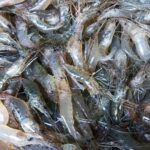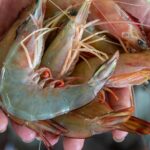Shrimp is a type of seafood that is widely loved for its delicious flavor and high nutritional value. Shrimp is an excellent source of protein and vitamin B12, and it also contains other minerals such as calcium and omega 3. Additionally, shrimp has cancer-fighting properties due to its ability to inhibit the growth of cancer cells.
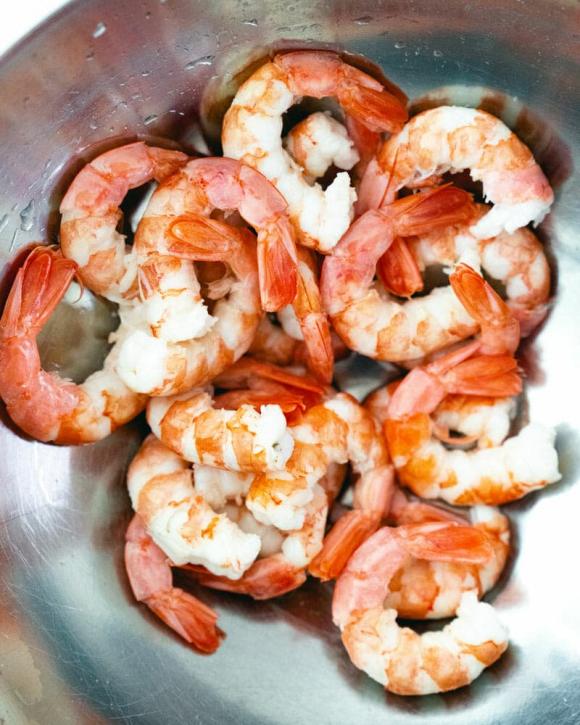
The secret to delicious boiled shrimp: not just salt and ginger, but these two additional ingredients
Boiled or steamed shrimp is a familiar dish in Vietnamese cuisine, especially for seafood lovers. While the boiling process is simple and can be done by anyone, achieving the perfect boil that retains the shrimp’s natural sweetness and flavor is an art.
However, if not cooked properly, shrimp can retain an unpleasant fishy odor that overpowers its natural aroma.
So, what is the correct way to boil shrimp?
Many people have the habit of throwing the shrimp directly into the boiling water, but this is a big no-no. To boil shrimp like a pro, follow the recipe below!
Step 1: Prepare the Ingredients
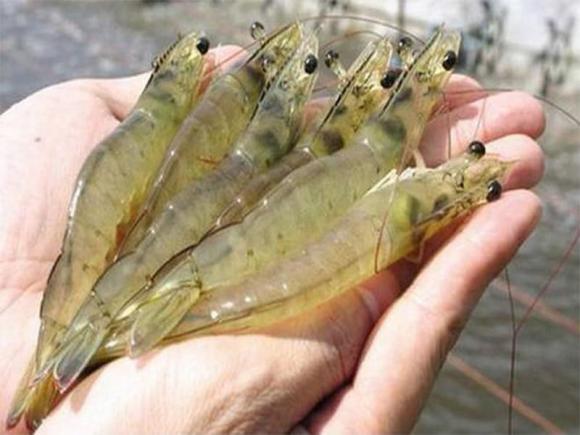
For the best results, choose fresh shrimp with firm, opaque white flesh, a light gray shell, and a fresh aroma. Rinse the shrimp thoroughly and remove the black vein, but do not peel or remove the heads.
Culinary experts believe that shrimp retains more of its natural sweetness, flavor, and nutrients when boiled with the heads and shells intact.
Step 2: Boil the Shrimp
Fill a pot with enough water to submerge the shrimp completely, adding about 2-2.5 cm of water above the shrimp. Add a few slices of lemon, some ginger, a pinch of salt, and a few peppercorns to the water. Bring this mixture to a boil. Once it reaches a rolling boil, carefully add the shrimp, heads and shells included, along with a tablespoon of white wine.
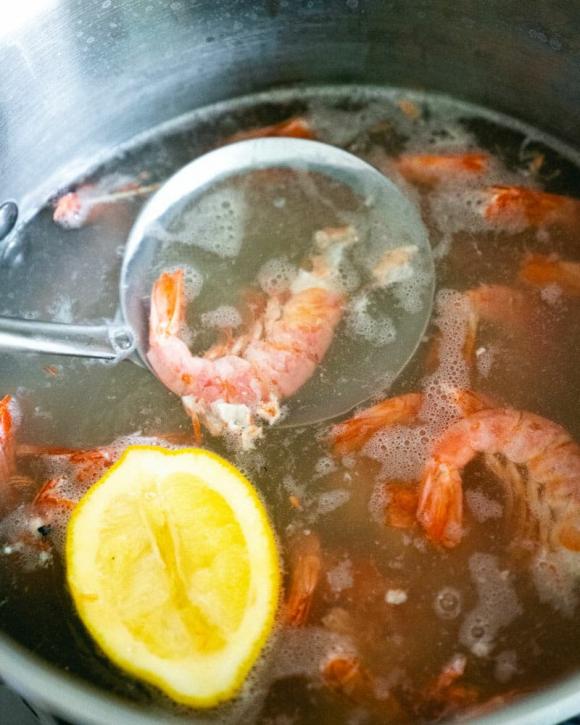
The boiling time will vary depending on the size and quantity of shrimp, typically ranging from 2 to 5 minutes. You’ll know the shrimp is done when it turns pinkish-red and curls into a C-shape. Quickly remove the shrimp from the pot and plunge them into an ice bath to stop the cooking process. Finally, drain the shrimp and pat them dry.
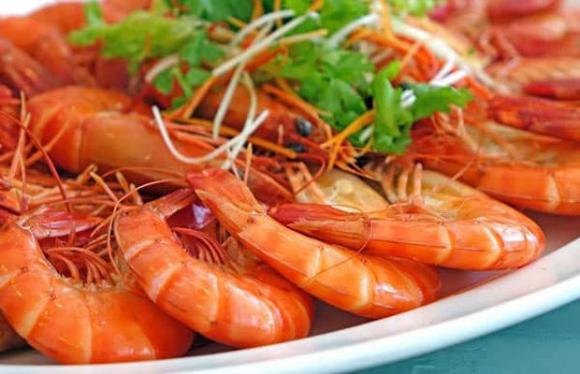
Remember, when boiling shrimp, don’t just rely on salt and ginger. The addition of peppercorns and white wine enhances the aroma and effectively eliminates any fishy odor. With these two ingredients, your boiled shrimp will smell and taste delicious without any unpleasant fishy notes.
According to Cong Ly va Xa Hoi
The Ultimate Guide to Unlocking the Secrets of Crab and Crayfish Broth: Why Your Choice of Water Matters for a Delicious Dish
Many people wonder why their steamed crab and crayfish often turn out bland, with limbs falling off and a fishy taste that makes for an unpleasant dining experience. Top chefs assert that this is due to the incorrect use of steaming liquid, which plays a pivotal role in determining the outcome of your dish.




